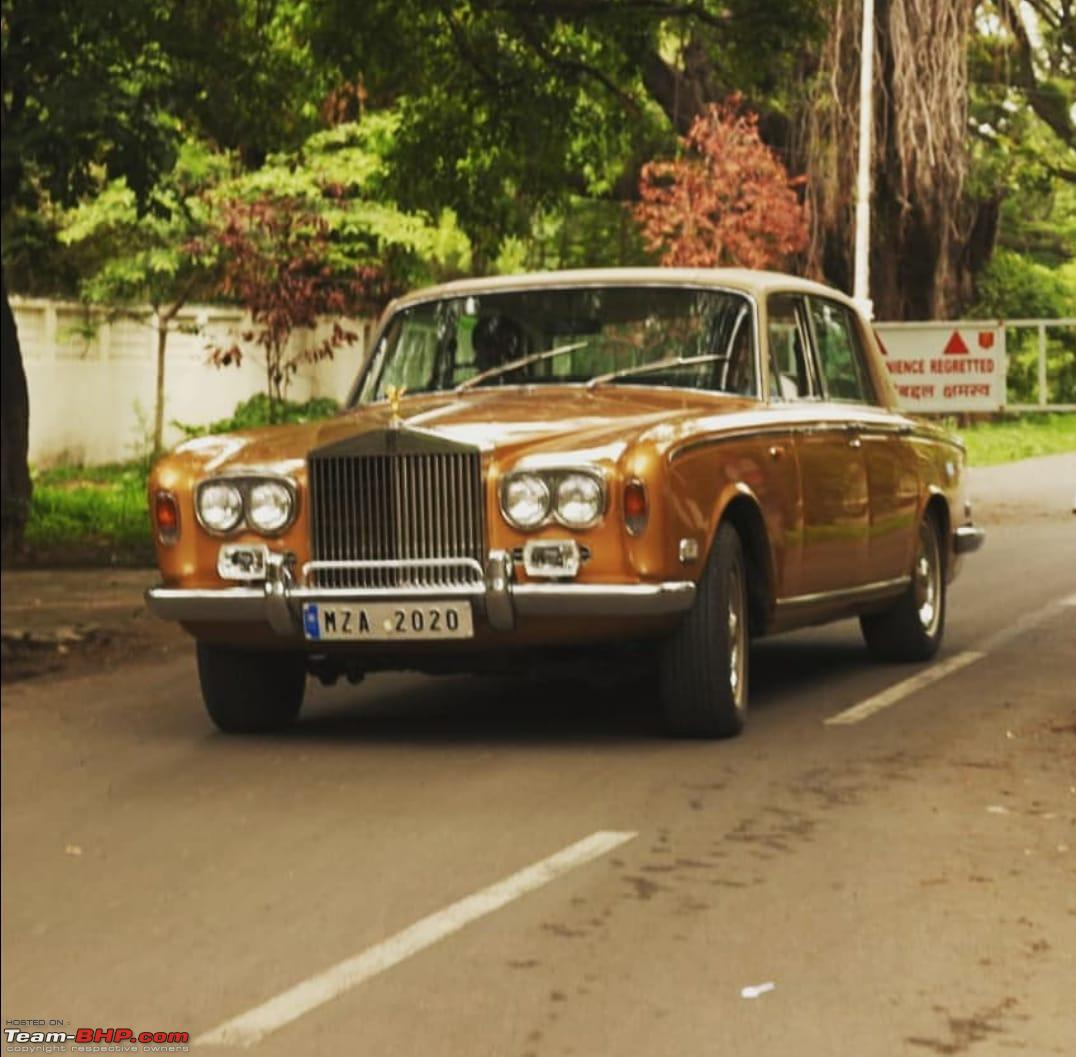History
In 1919, the International Labour Organisation (ILO) was established to promote social justice and to set up International Labour Standards. The ILO has 187 member states.
The Kingdom of Tonga, a South Pacific island nation, became the 187th member State of the International Labour Organization (ILO). Since then, the ILO has passed several conventions to improve the conditions of labor across the globe.
Not only this but also provides guidelines on matters like wages, working hours, favorable environment, etc.
In 1973, ILO convention number 138 was adopted and focused on the minimum age for employment. It aims for the member states to raise the minimum age of employment and to abolish child labour.
In 1973, ILO convention number 138 was adopted and focused on the minimum age for employment. It aims for the member states to raise the minimum age of employment and to abolish child labour.
In 1999, ILO convention number 182 was adopted and was also known as "Worst Forms of Child Labour Convention". It aims to take necessary and immediate action to eliminate the worst form that is child labour.
What Constitutes Child Labour?
According to the International Labour Organisation, child labour is "work that deprives children of their childhood, their potential, and their dignity and that is harmful to physical and mental health". That is such type of work that deprives the children of their right to education and dignified living.
What Constitutes Child Labour?
According to the International Labour Organisation, child labour is "work that deprives children of their childhood, their potential, and their dignity and that is harmful to physical and mental health". That is such type of work that deprives the children of their right to education and dignified living.
ILO also says that child labour is such a type of work that has physical, mental, and social consequences on the children and damages them in some or another way. In fact, any type of work that stops children to take school education is also child labour.
It is categorized into three forms-
- work that deprives the children of the opportunity to attend school,
- work that forced a child to leave school at an early age,
- work that requires children to attend school but with a heavy workload.
World Day Against Child Labour: Significance
This day mainly focuses on children's development and it protects the right to education and dignified life for the children. Therefore, it is important to achieve the Sustainable development Goals (SDGs) by 2030 as propagated by the UN. Several organizations, ILO, etc. are making efforts to curb child labor.
This day mainly focuses on children's development and it protects the right to education and dignified life for the children. Therefore, it is important to achieve the Sustainable development Goals (SDGs) by 2030 as propagated by the UN. Several organizations, ILO, etc. are making efforts to curb child labor.
But we should also be responsible and take our duties to help in eliminating child labor. It is correctly said that the child that comes out of child labor comes to know his or her potential and self-worth.
They began to enjoy life, human rights and live a dignified life. No doubt such children will also contribute to the economic and social growth of the country and also of the world. Children are the future of the country, isn’t it!
Some Facts About Child Labour
According to the UN,
Written By - Sanket Shedame
Some Facts About Child Labour
According to the UN,
- Around 152 million children between the ages of 5-17 were in child labour and almost half of them that is around 73 million are in hazardous child labour.
- Almost 48% of victims of child labour were aged 5-11, 28% were 12-14 years old and 24% were 15-17 years old.
Written By - Sanket Shedame
Edited By - Akash Verma









Social